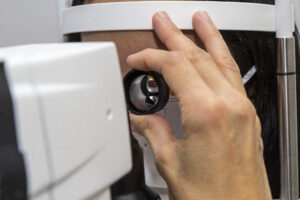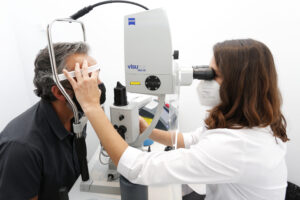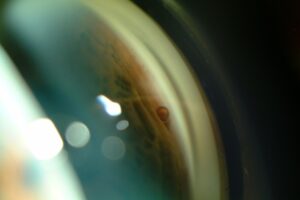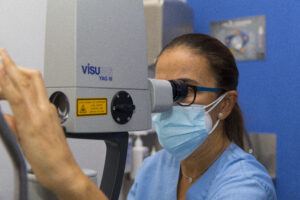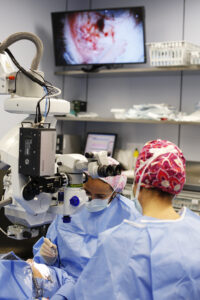Eye diseases
Glaucoma
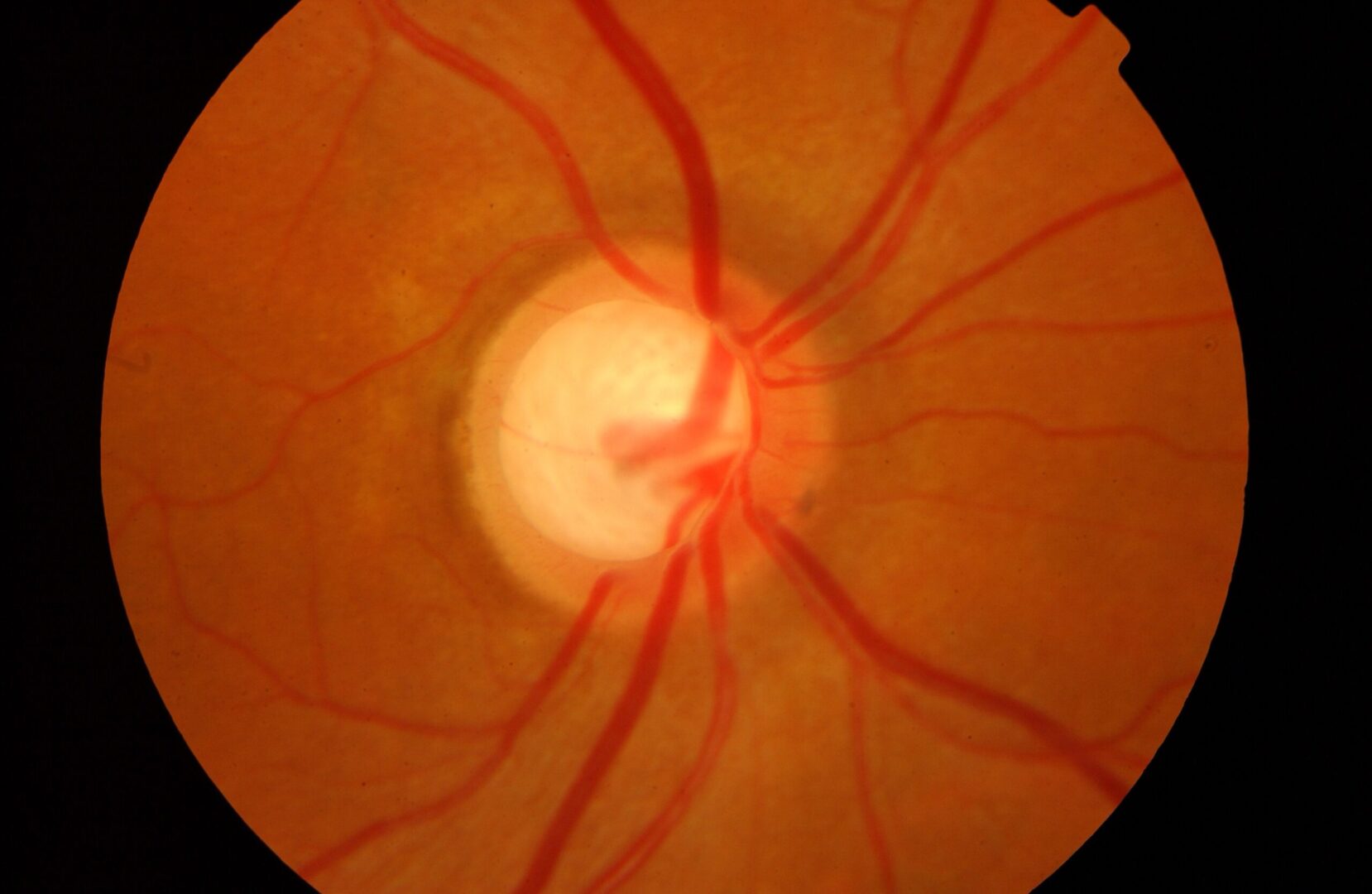
What is glaucoma?
Glaucoma affects over 1 million people in Spain and includes a group of neurodegenerative diseases that cause progressive, irreversible damage to the optic nerve. This structure is key for vision, as it transmits the nerve impulses from the eye (more specifically from the retina) to the brain so that it can interpret them and you can see the images. As a result of the progressive loss of optic nerve fibres, the visual field is gradually reduced and can result in blindness if the disease is not slowed down.
There are several types of glaucoma, which are primarily grouped into open-angle glaucoma (the most common, accounting for 90% of all cases) and closed-angle glaucoma, depending on the opening of the angle of the eye where the structures involved in the disease are located.
Glaucoma can also be classified according to its time of appearance (congenital, childhood, juvenile or adult) and its origins, which might be primary or secondary to other ocular processes or systematic diseases, such as diabetes.
Symptoms
Causes and risk factors
Treatment
Glaucoma is a silent disease –50% of patients do not know they have it– because, in most cases, it has no evident symptoms and goes unnoticed until there is significant damage. This is because it often progresses slowly and initially affects the outside of the visual field, not reaching the centre of the image until late stages and causing a significant loss. To avoid reaching these severe stages that make independence in everyday life difficult, early diagnosis during regular eye check ups is essential.
A good ophthalmological control can also avoid severe attacks of glaucoma, which might sometimes occur and are extremely painful, as well as causing a sudden decrease in vision, red eye, halos and dazzle, nausea and vomiting. If you notice any of these symptoms, you must see the specialist urgently.


